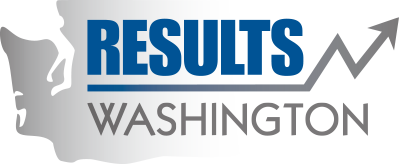Archived: Shellfish classification acreage in the Puget Sound
Why is this a priority?
- Shellfish are critical to the health of our marine waters and the state's economy.
- Improving shellfish bed classifications shows overall water quality improvement in Puget Sound.
- When shellfish harvest areas meet "Approved" standards for eating raw shellfish, we can assume that the area is safe for other recreational activities such as swimming or fishing.
How are we doing?
- There has been an improving water quality trend in shellfish harvesting since the late-1990s, including a net improvement of 3,038 acres since 2007.
- The number of areas threatened with a classification downgrade due to water quality has declined since 2005 due to pollution control activities by many partners.
- In 2011 about 4,000 acres were downgraded in Samish Bay due to water quality issues. Water quality improvement in Samish Bay is a high priority for the state. If Samish Bay is not reopened, the state will not meet its 2016 target.
What are we working on?
- We are investing $6 million in federal funds (National Estuary Program) for local governments to develop and implement coordinated pollution identification and correction (PIC) programs within shellfish harvesting areas.
- We work with stakeholders to identify and correct pollution sources in areas with poor water quality.
- We work to prevent shellfish bed downgrades. Each year we evaluate all 101 commercial shellfish growing areas that are "threatened" with closure due to pollution. We implement coordinated projects with our partners so these areas do not exceed the water quality standards.
- We monitor water quality and shoreline pollution sources in shellfish areas to assure they maintain water quality standards and to address pollution problems before closures are needed.
How can you help?
- Maintain your on-site septic system. Make sure it is inspected according to the schedule defined by your local health department and that it is functioning properly. For more information, visit: http://www.doh.wa.gov/CommunityandEnvironment/WastewaterManagement/OnsiteSewageSystemsOSS/HomeownerEducation.aspx
- Maintain your farm. Contact your local Conservation District to implement Best Management Practices.
- For more information about discharge of waste from boats in Puget Sound, visit: www.ecy.wa.gov/programs/wq/nonpoint/CleanBoating/ndzwhyndz.html
- Clean up after your pets and properly dispose of their waste. For more information, visit: http://www.ecy.wa.gov/washington_waters/dogpoop.html
- For information on shellfish beaches, visit: www.doh.wa.gov/ShellfishSafety.htm
